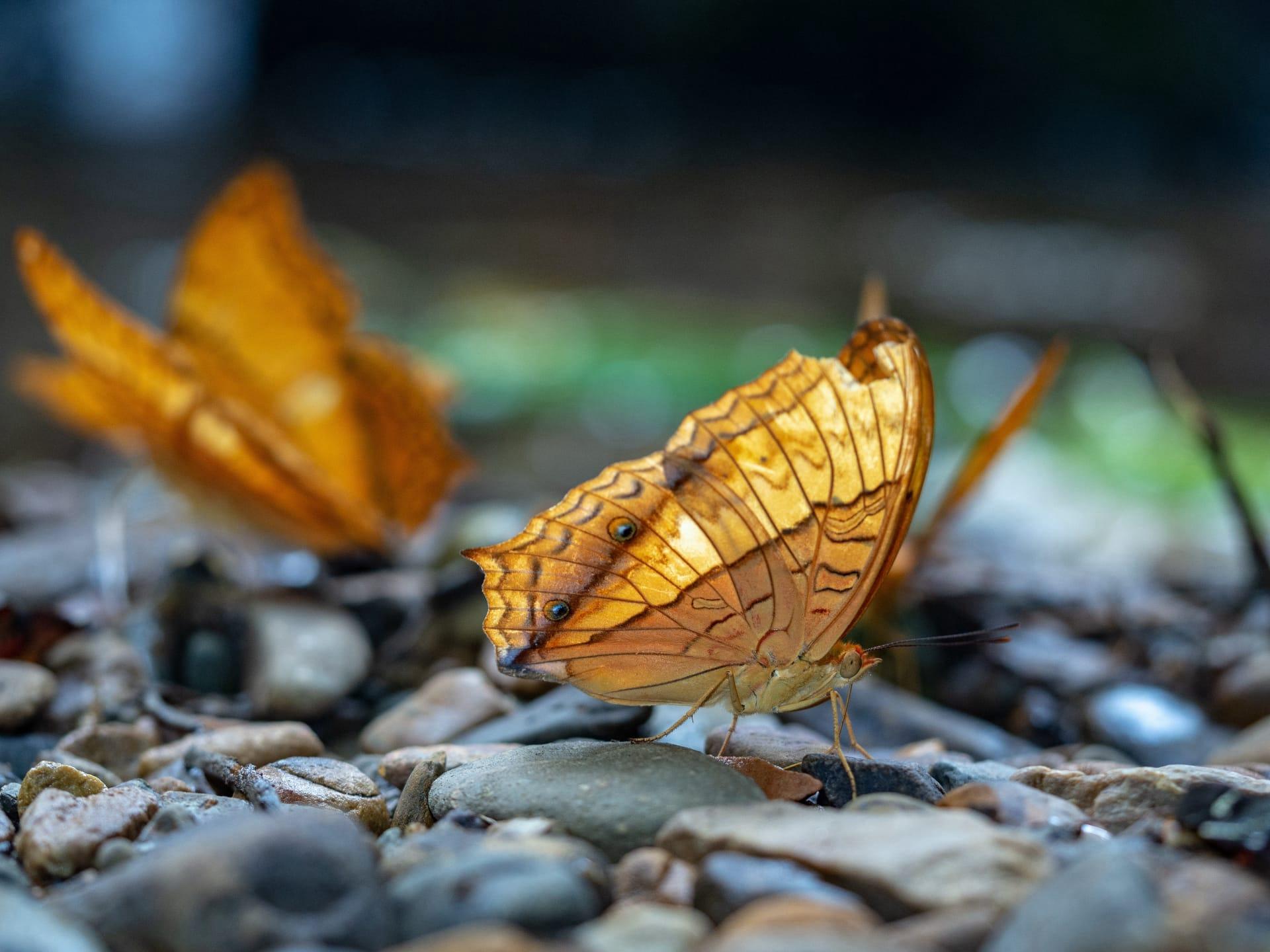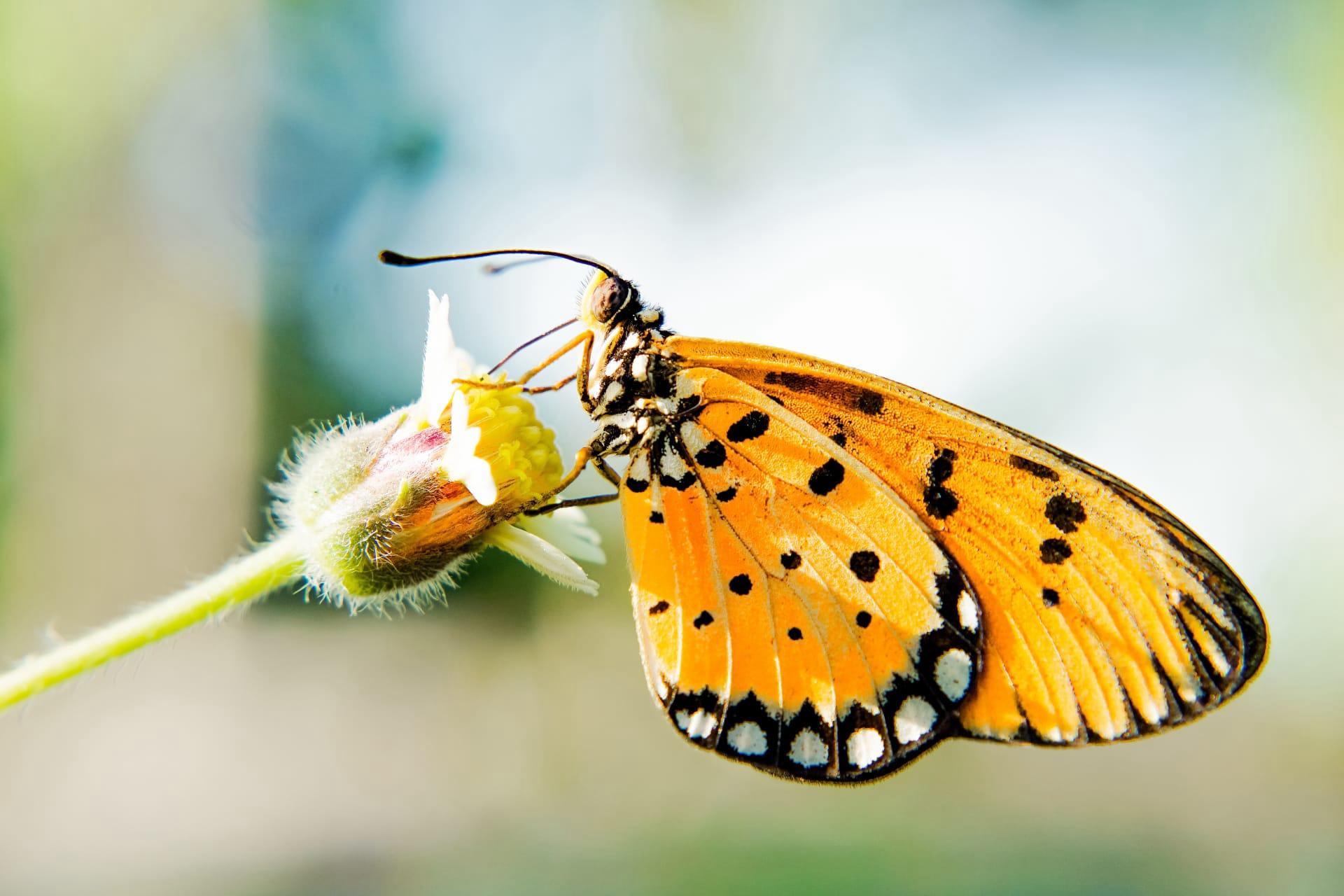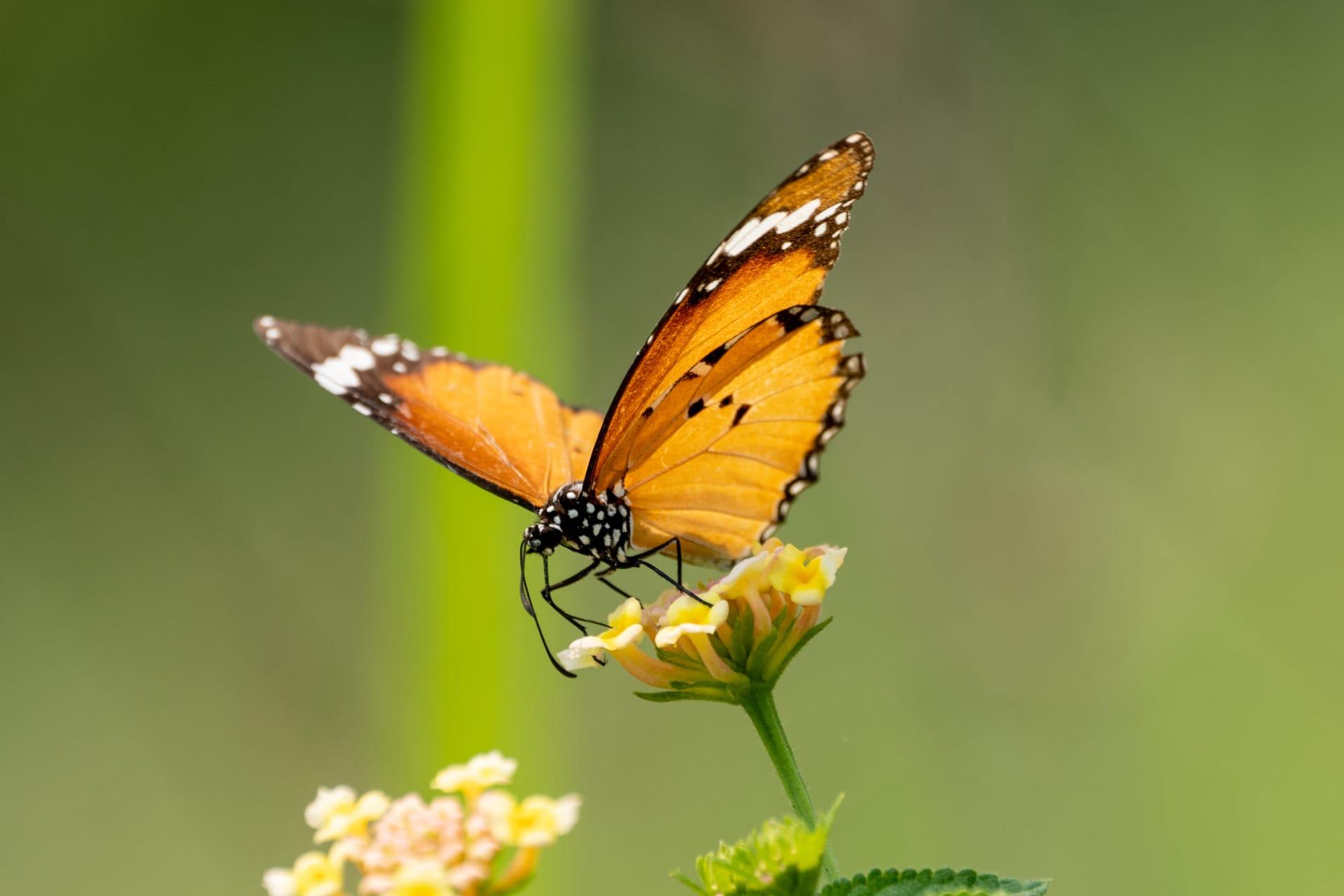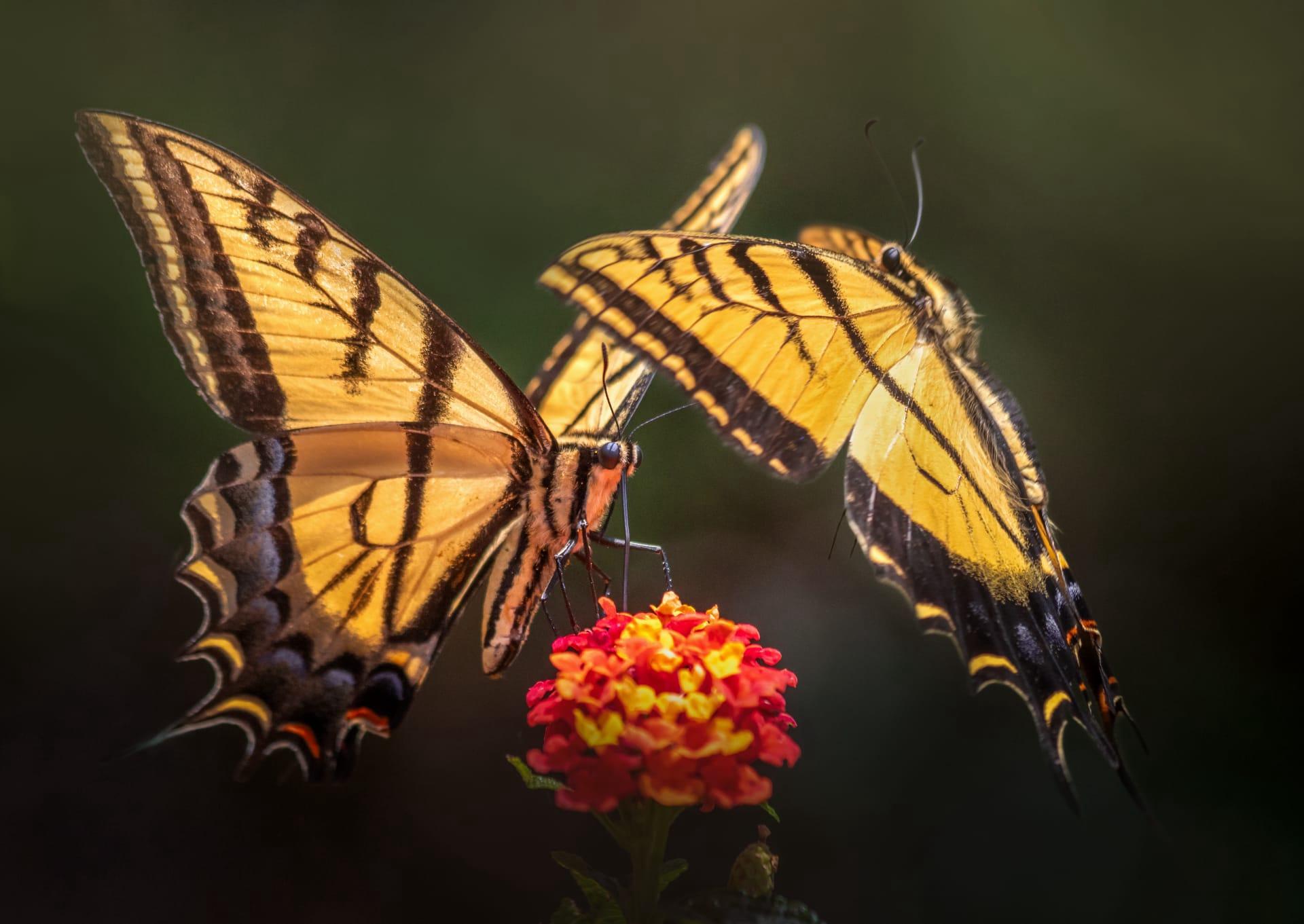1
Yellow butterflies, particularly the Clouded Yellow (Colias croceus), are not just a pretty sight; they're remarkable travelers. These vibrant insects migrate from North Africa and Southern Europe to the UK each summer, covering astonishing distances for their size. The journey can span over 1,200 miles, a testament to their endurance and navigational skills. Despite their delicate appearance, these butterflies are hardy, capable of flying in cooler temperatures and even light rain, which is unusual for most butterfly species.
Another fascinating aspect of yellow butterflies is their thermoregulatory behavior. To stay active and maintain a body temperature that allows for flight, they often bask in the sun. Their wings contain pigments that can absorb solar radiation efficiently. When basking, they angle their wings to maximize sunlight absorption, which can raise their body temperature up to 30 degrees Celsius above the ambient temperature. This ability is crucial for their survival and daily activities, especially in the mornings or in cooler climates.

2
When it comes to feeding, yellow butterflies, like many others, rely on their highly adapted proboscis. This unique feeding tool, which is essentially a long, coiled tube, allows them to extract nectar from flowers. What's intriguing is that their proboscis acts like a sophisticated straw, capable of reaching nectar in deep, tubular flowers that other insects can't access. This adaptation not only aids in feeding but also in pollination, making them important contributors to the ecosystem.
Another notable fact about yellow butterflies is their role in mimicry. Some species, such as the Viceroy (Limenitis archippus), mimic the coloration of the toxic Monarch butterfly to avoid predators. This form of mimicry, known as Batesian mimicry, is a survival tactic where a harmless species evolves to imitate the warning signals of a harmful species to deter predators. It's a fascinating example of how species can evolve and adapt for survival.

3
Yellow butterflies exhibit a unique mating behavior known as the "courtship dance." This ritual involves the male butterfly performing aerial acrobatics to attract a mate. He will fly in patterns around the female, showcasing his agility and the vibrancy of his colors. This display serves two purposes: it demonstrates the male's fitness and also helps differentiate the species, ensuring that mating occurs between the same species. This behavior is crucial for reproductive success and species continuation.
The life cycle of yellow butterflies is another captivating aspect. They undergo complete metamorphosis, transforming from egg to caterpillar, then to pupa, and finally to butterfly. Each stage has distinct characteristics and functions. For example, the caterpillar stage is primarily for growth and feeding, where they can consume an impressive amount of leaves. The pupa stage is a time of transformation, where the caterpillar turns into a butterfly. This process is not only a marvel of nature but also essential for the continuation of their species.

4
Yellow butterflies, particularly species like the Sulphur butterflies, play a significant role in the ecosystem as indicators of environmental health. Their presence and population levels can give scientists valuable insights into the health of a habitat. Because butterflies are sensitive to changes in the environment, such as pollution, climate change, and habitat destruction, their abundance or decline can signal the overall health of the ecosystem.
Another interesting fact is the wide variety of plants that yellow butterflies use as host plants for their larvae. Different species of yellow butterflies prefer different plants. For example, the Clouded Yellow butterfly's caterpillars feed primarily on legumes, including clovers and trefoils, while Sulphur butterflies' caterpillars often feed on plants in the pea family. This diversity in diet plays a crucial role in the lifecycle of yellow butterflies and also impacts the vegetation in their habitats.

5
Yellow butterflies have a unique defense mechanism against predators. Some species, like the Eastern Tiger Swallowtail, possess an osmeterium, a special gland that emits a foul-smelling substance when the butterfly feels threatened. This gland, which is located behind their head and resembles a forked tongue, can deter predators such as birds and small mammals. It's a surprising feature, given the delicate and appealing appearance of these butterflies.
The vision of yellow butterflies is another area of fascination. Unlike humans, they can see a broader spectrum of light, including ultraviolet light. This ability plays a critical role in their survival, as it helps them locate flowers and mates. Many flowers have ultraviolet patterns, invisible to the human eye, which guide butterflies to the nectar. Additionally, this vision helps in recognizing their own species, as many yellow butterflies have ultraviolet patterns on their wings that are unique to their species.